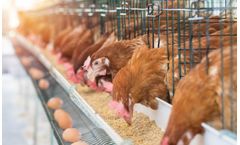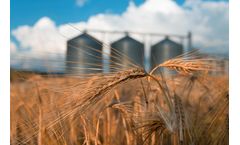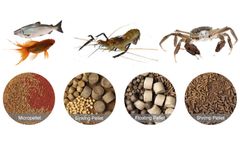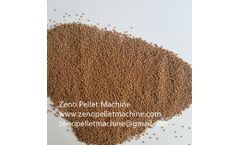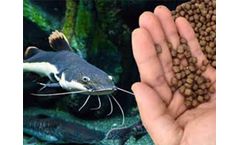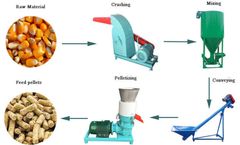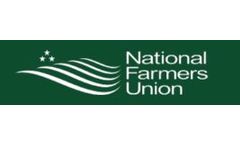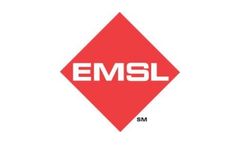Refine by
Cereal Grain Articles & Analysis
13 articles found
Developing a Cost-Efficient Strategy for Continuous Quality Monitoring of Feed Ingredients Rich-protein grain, cereals, oilseeds and various by-products are the common feed ingredients for poultry and swine. ...
CO2 monitoring plays a vital role in the preservation of stored grains and cereals. In a recent article published by Process Industry Informer, it was highlighted that over 50% of stored grains are lost after harvesting due to spoilage caused by mould or insect infestation, and amounts to roughly $1 trillion per year in losses. ...
They are combined with other ingredients such as vegetable proteins, cereal grains, vitamins and minerals and formed into feed pellets. Wheat, for example, is widely used as it helps to bind the ingredients in the fish feed pellets. ...
They are combined with other ingredients such as vegetable proteins, cereal grains, vitamins and minerals and formed into feed pellets or flakes. ...
Fish feed pellets that contain ingredients such as soybean meal and cereal grains are more digestible and therefore more nutritious. Floating feed is made by extruder machine, and sinking feed with high water stability can also be made by extruder machine. ...
Feed ingredients are broadly classified into cereal grains, protein meals, fats and oils, minerals, feed additives, and miscellaneous raw materials, such as roots and tubers. ...
Some of the most common additives include pellet binders, moisture optimizers, and grain and feed conditioners. For farmers, the benefits of chicken feed additives are two-fold: (1) longer shelf-life and preservation of feed (2) enhanced nutrition that improves the value of poultry Chicken Feed Ingredients l The seven basic chicken feed ingredients l Cereal ...
Ethanol did not drive the diversion of land out of CRP, but the market price for coarse cereal grains. With the Great Recession, the demise of the U.S. stock market, and the resulting near contraction, if not deflation, institutional investors (inclusive of many hedge funds and index funds) shifted their investing and cash out of their traditional domestic and ...
Better grain storage would save money and feed over a billion, says Digvir S. ...
The majority of food consumed is from cereals and legumes. Phosphorus is essential for crop plant growth and soils are depleted as this element is removed from crop lands with harvested grains/seeds. ...
Cropping systems in the Northern Great Plains have shifted from fallow-based to legume-based systems. The introduction of grain legumes has impacted soil organisms, including both symbiotic and nonsymbiotic N-fixing bacteria, pathogens, mycorrhizae and fauna, and the processes they perform. ...
Abstract Cereal grain cover crops increase surface cover, anchor corn (Zea mays L.) and soybean [Glycine max (L.) Merr.] residues, increase infiltration, reduce both rill and interrill erosion, scavenge excess nutrients from the soil, and are easily obtained and inexpensive compared to other cover crop options. The use of cereal ...
Alimentary toxic aleukia (ATA or septic angina) Human cereal grains (toxic bread) Fusarium spp. Balkan nephropathy Human cereal grains Penicillium spp., Aspergillus spp. ...

